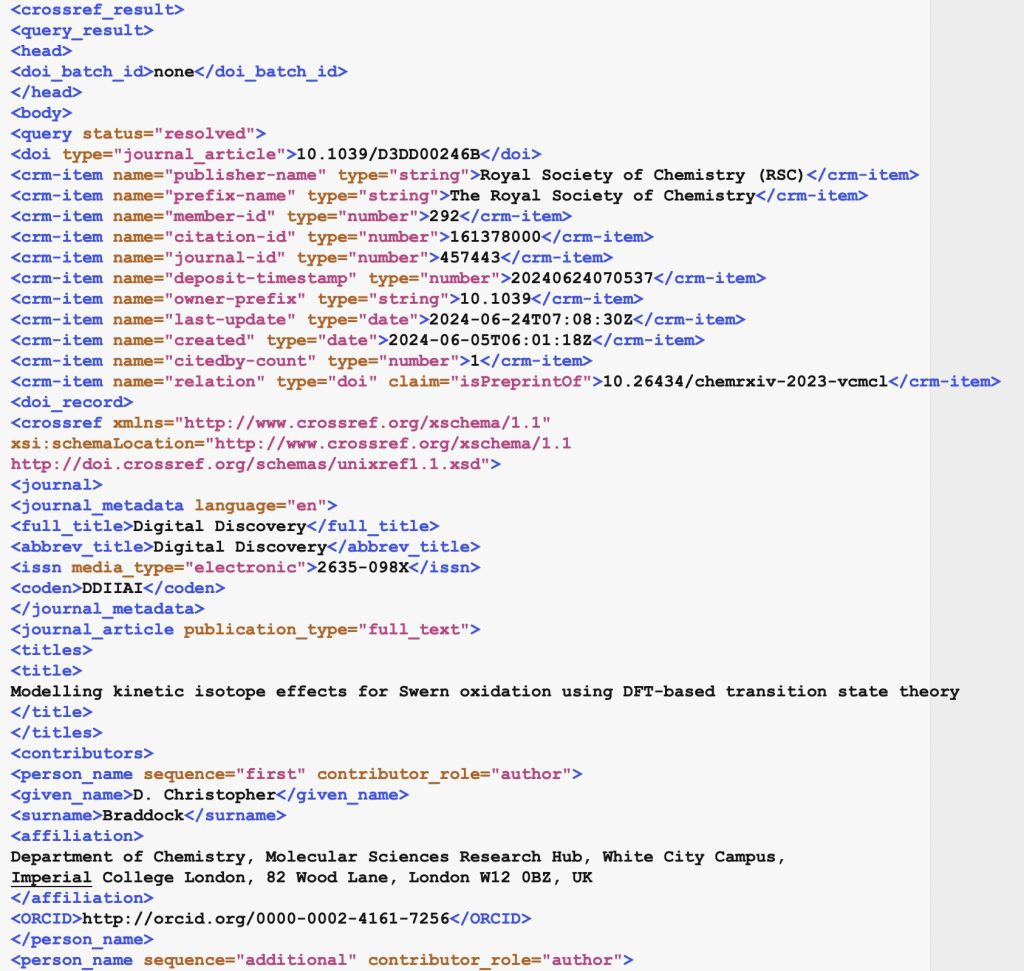
The idea of so-called FAIR (Findable, Accessible, Interoperable and Reusable) data is that each object has an associated metadata record which serves to enable the four aspects of FAIR. Each such record is itself identified by a persistent identifier known as a DOI.

